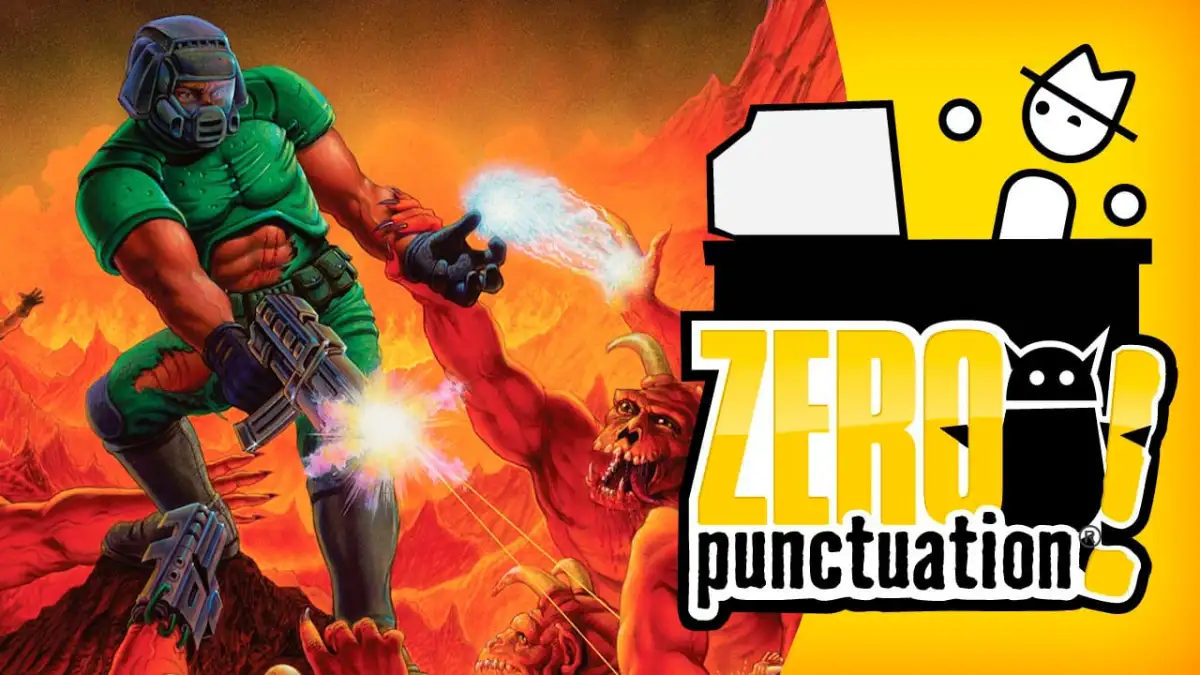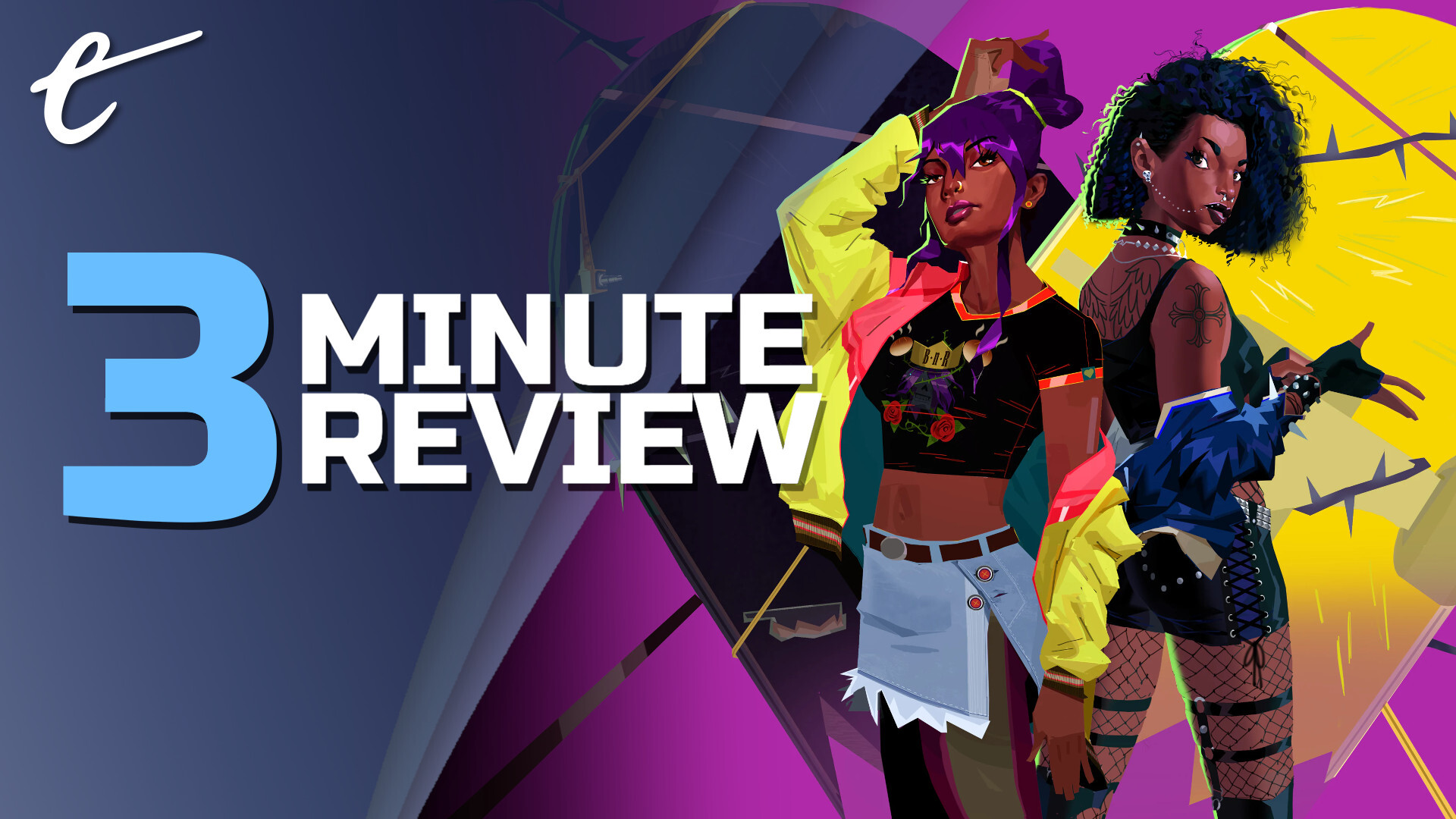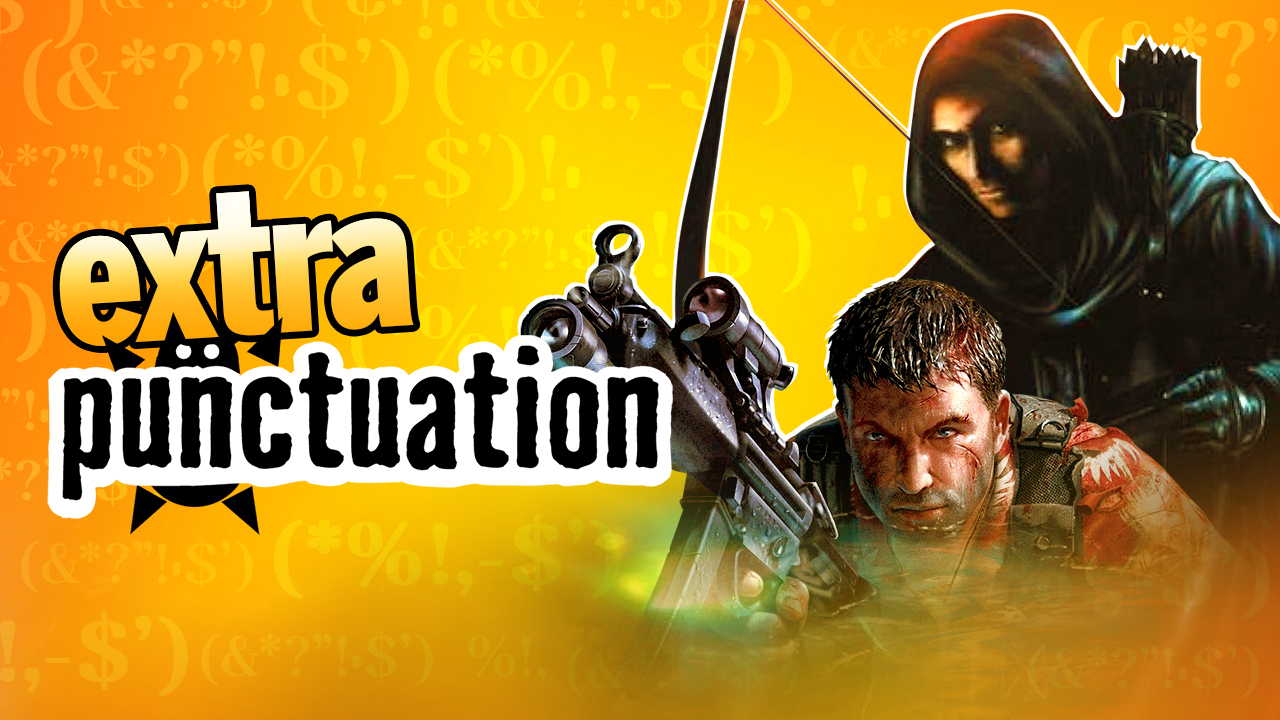This week in Zero Punctuation, Yahtzee does a Doom retrospective.
TRANSCRIPT
Be honest, viewers, did you click on this video thinking it was an old one being belched up from the archives by the Youtube algorithm, all hail its benevolent wisdom, may it ever smile upon us? Well this may surprise you but it isn’t. It’s a new one. And I just never got around to doing a retro review of Doom at any point in the last fourteen years of bitching every time a shooter dropped the main character’s walking pace to below the land speed record. Partly because it’s such a linchpin of PC shooters, reviewing it feels like reviewing, I dunno, gravity.
Three out of five stars, it’s nice the way it stops us floating off to die in space, slightly disappointing what it does to my waistline. But with everyone waiting for Doom Eternal to blow their verrucas off I thought this would be a good time to take a look back at where the hype all began. To a better time, when more than one fucking game worth talking about came out in quarter one. Doom was released by Id software in 1993 and was a culmination of two significant events – John Carmack creating a revolutionary new 3D graphics engine for first person games, and John Romero spilling ketchup all over his collection of Metallica albums. The result was the conflux of both a technical and a cultural revolution.
It’s hard to imagine what it must have been like to see it for the first time, getting the same heavily fudged 2D planes from Wolfenstein 3D to simulate angled walls and floors with multiple levels must have been like finding a way to play the trombone with your rectum. And while that lit the spark, the unflinching gore and occasionally present story about blowing the horny bollocks off of demons from actual biblical Hell packed just enough spice into the powder keg to ensure a devastating impact, and no small controversy as well.
You’d think if anyone would be in favour of blowing the randy vaginas off of those nasty Satanic demons it would be conservative Christian groups, but there I go again trying to apply logic to hysterical people like a man trying to apply Marmite to a bread slice before it comes out of the toaster. But you don’t need me to explain why Doom did alright at the time. Let’s analyse the question of whether or not Doom holds up. Because the interesting thing is that, depending on who you ask, you’ll get two very different answers to that question, and both of them start with the word “Obviously.”
On the one side they say “Obviously it doesn’t, Yahtzee, fucking look at it. Impressively fudged as the engine was, it turns out it’s actually a lot more efficient and hygienic to play the trombone with your mouth, and it was obsolete the instant polygonal 3D waved its handkerchief from across the dance floor. And all the gore and Satan stuff is kinda laughable in this more enlightened age when the angsty kids who used to doodle pentagrams onto their schoolbooks have learned to express themselves in more wholesome ways, like spree killing.” And then you have the other side, saying “Obviously it does, Yahtzee! Doom’s the best shooter ever, just play it and you’ll remember why.
But make sure you’re playing the right source port so you can run it in a resolution that wouldn’t embarrass a graphing calculator. Oh, and you might as well install the Brutal Doom mod so you can play it in the original intended spirit, i.e., a game designed by a very unsupervised fourteen year old who received medication instead of hugs growing up.” Hey, stop colouring in those pentagrams and explain how you can say this game holds up if you need to mod it this much to still enjoy it? A certain amount of nostalgia might be clouding up your vision here, mate. Influential as it was it’s hard to go back to the original Doom after so many years of other games gradually adding quality of life improvements, like proper mouselook and shotgun reload animations with more frames than a Bazooka Joe comic.
Ah, ah, but, but, Doom 2016. After Doom 3 was trying to be System Shock 2 and everyone got sniffy at it – well, what little they could see of it – Doom 2016 was a massive hit, and why? Because it went back to being like the old Dooms! Ergo, old Dooms still good. Did it, though? Doom 2016 worked because of the fast, free movement and cathartic violence, and while the original Doom marine certainly moved like he was six tacos deep and looking for the one unoccupied toilet in the shopping mall, Doom 2016 would be nothing without verticality and being able to jump on enemies and tap dance their mandibles off, so if I were to pick its primary influence, it wouldn’t be a game that had no fucking jump button.
And as for cathartic violence, it was Quake that invented making all an enemy’s body parts fly spectacularly away from each other like former high school friends promising to keep in touch, the gibbing in Doom is all sprite-based and as such is a rather stuffily formal affair where the gibbed enemies politely arrange themselves into neat piles on the floor. Also, with the exception of the plasma gun which is like stomping on tubes of spearmint toothpaste while blowing raspberries, Doom’s weapons all feel a bit clunky for my tastes, like the Doom marine has to bite the end off a Yorkie bar between each shot.
Doom 2016 certainly calls back to Doom Not-2016 but it isn’t much like it. Really it’s a game of its time, influenced by the lessons of the many many years of fast-paced cathartic action games that came out in the meantime. Most of what you can get out of retro Doom you can get better from games that have come since, but having said all that, there has to be something timeless about retro Doom. Google basically any shooter and someone has made a Doom mod trying to recreate it, including Doom 2016. I mean, fuck, that’s like trying to remake Jurassic Park with finger puppets and a small dog with a Boglin strapped to its face.
There has to be something more going on than just nostalgic associations certain people have with the reassuring smile of a cacodemon. And there is. On analysis, there are several things retro Doom provides that you just can’t get from newer games anymore. For one thing, the practice of trying to characterise the player by putting their face on the status bar like he’d forgotten to adjust his rear view mirror never really caught on outside Id’s games, Duke Nukem 3D pointed out you can characterise your dude just as well by having him occasionally quote Army of Darkness and sexually harass everything in a bra.
Besides that, Doom offers a very pure gameplay experience with no story interruptions. For all our lord and saviour Doom 2016 tries to talk a big game at the start when the protagonist kicks the shit out of a monitor the moment it starts dribbling exposition at him, there’s still that whole scene later on where we have to stand around in the manager’s office for ten minutes while he goes over our performance review. And while Doom’s graphics are archaic – I mean, as far as the engine’s concerned you’re basically just playing Pac-man with 3D glasses on and the screen tilted 90 degrees from your face – the visuals are extremely distinct.
Modern realistic graphics tend to make everything shadowy and covered in Christmas lights, but when you see a demon in Doom 1, there can be no doubt as to what it is, for all two and a half animation frames of its big chunky sprite stand as luridly pink as a freshly spanked flamingo and with an actual identifiable expression on its face, for me it was a point against Doom 2016 that all the demons have generic skull faces with the teeth outside the mouth which doesn’t express anything but an urgent need to floss. So in summary, with Doom’s days as a groundbreaker long behind it, it can still at least offer an invigorating simplicity when you’re tired of the self-important posturing of new games. Don’t get me wrong, I like the innovations of the modern toilet, but there’s still something uniquely invigorating about going out into my front garden and pissing on a political canvasser.






Published: Mar 11, 2020 12:00 pm